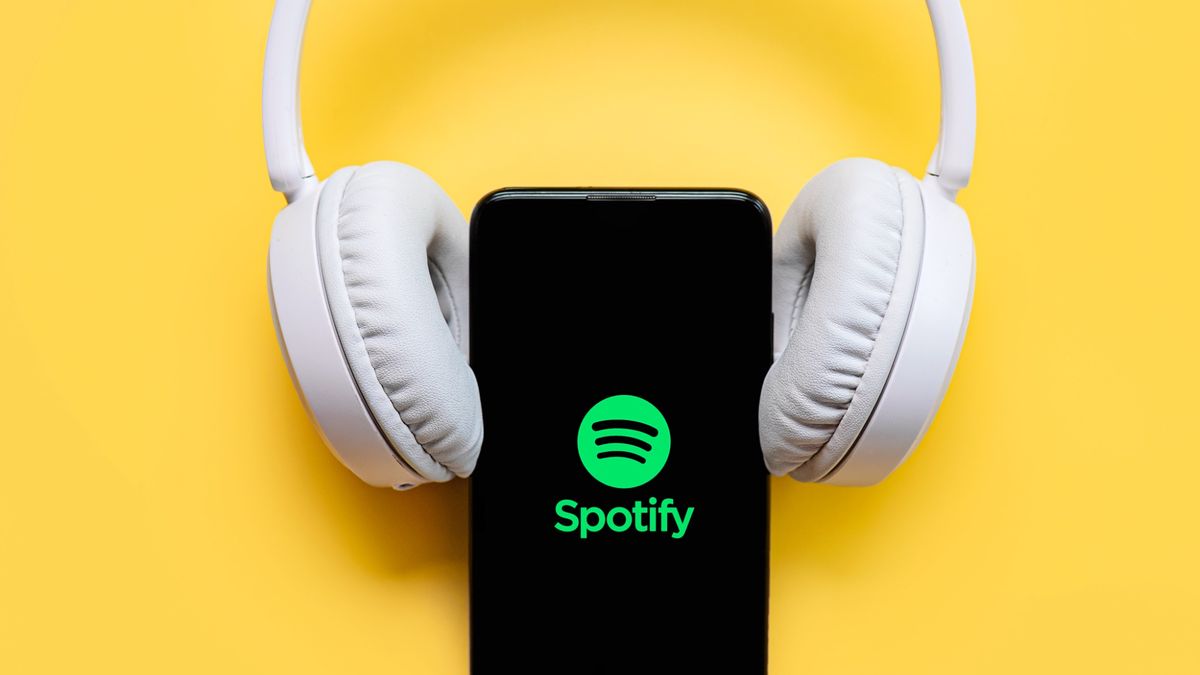Offline playlists on music streamers aren’t a new innovation — and those with miserly data plans will no doubt have plenty of them. The best music streaming services all let you pick and choose tracks to store locally for when you lose your internet connection.
The trouble is that this requires a bit of forward planning. Once offline, you can’t download more, so you’re stuck with nothing, or whatever you set up the last time you revisited your offline playlists — which might be wildly out of kilter with your current listening habits.
This week, Spotify announced a genius update to fix this for subscribers to its Premium service. It’s called “Offline Backup,” and will take the effort out of planning offline playlists. When playing normally, the app will observe your listening habits, and keep a bunch of tracks that you’ve already streamed locally in an Offline Backup playlist, ready to go when you lose your connection.
Crucially, this will “evolve” over time, Spotify explains. “If you’re looking for a certain vibe, you can filter and sort songs within the playlist by artist, mood, and even genre—and Offline Backup evolves as you continue to listen, so you’ll always have something new,” the company says.
This could be a lifesaver when you find yourself unexpectedly without internet on a long road trip, or when boarding a flight, say.
Although it’s minimal effort, there are a couple of things you need to do in order for Offline Backup to appear. First, you need to make sure “Offline Listening” is enabled — you can find this in the Settings menu, under “Data Saving and Offline”. Second, Offline Backup will only kick in once you’ve listened to more than five songs recently.
When enabled and with more than five songs played, the playlist will appear automatically in the Home feed as soon as you’re offline.
Good — but not for me
This is undoubtedly a sensible feature. You’re streaming the tracks anyway, so if storage isn’t an issue, why not keep a copy on your phone just in case? Indeed, it’s surprising it’s taken this long to adopt, given Netflix has allowed you to download movies and shows you might like for offline watching since 2021.
But ultimately, it’s not enough to make me reactivate my Spotify Premium account for two reasons.
Firstly, because I’ve taken the time to download a few of my favorite albums to Apple Music for when I’m without signal — which happens quite often in cities with underground transit systems like mine. True, it doesn’t automatically adjust to my current tastes, but my interest in exploring new music has waned as I’ve eased into middle age anyway (don’t judge: it’ll happen to you too).
But, more importantly, Spotify just can’t compete for me in terms of value — and not just because when the long-delayed lossless support arrives, you might have to pay extra.
As I wrote when I bought my first iPhone in 13 years, the one accessory I’d be buying was an Apple One subscription, because it bundles Apple Music, Apple Arcade, Apple TV and iCloud storage into one simple $19.95 per month payment.
I’m not especially wedded to Apple Music as a service. In fact, I have quite a few bugbears with it, from its lack of Lastfm support and patchy recommendation engine to its maddening habit of adding seemingly random album art to your library because you like one song.
But generally, Apple Music is ‘good enough’, and you can’t argue with its value as part of Apple One. I’ll be interested to see what Spotify Deluxe offers when it launches, but for now I’m sticking with Apple Music, despite my reservations.










